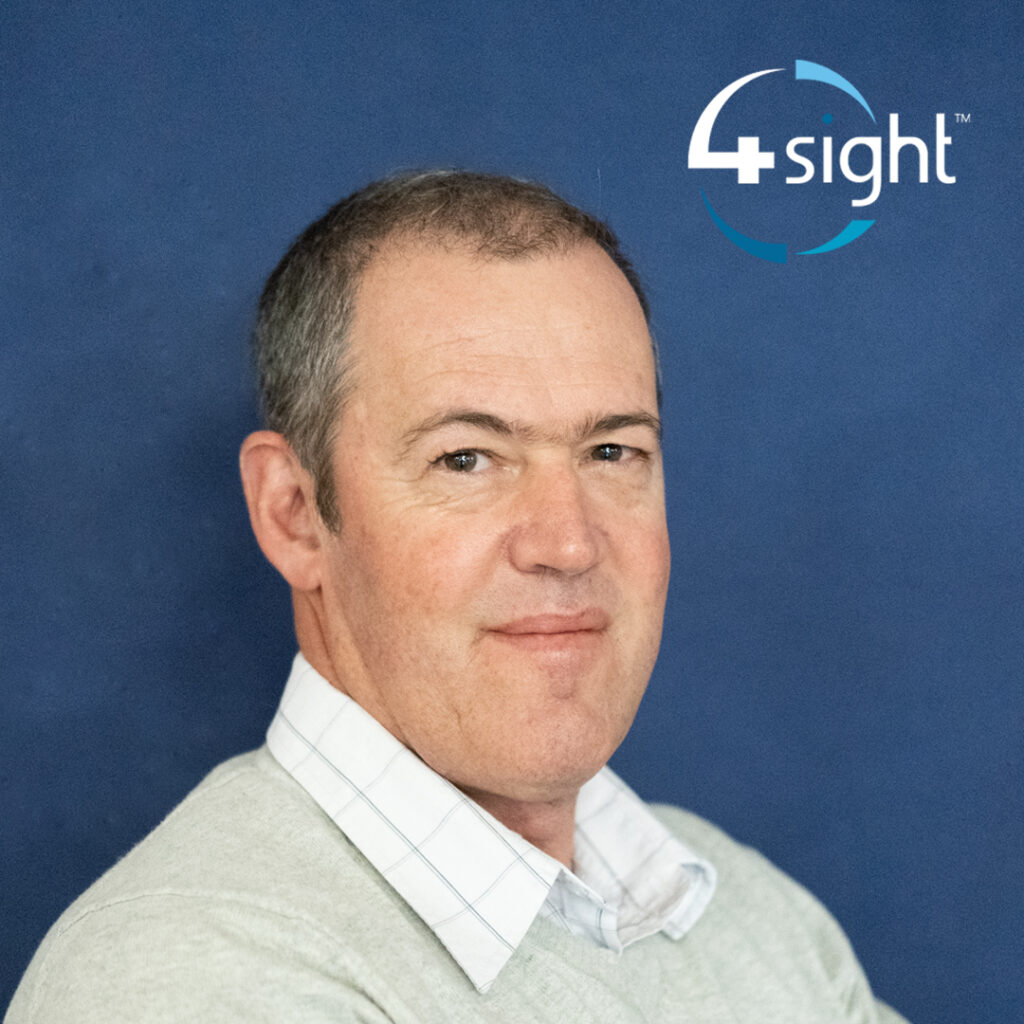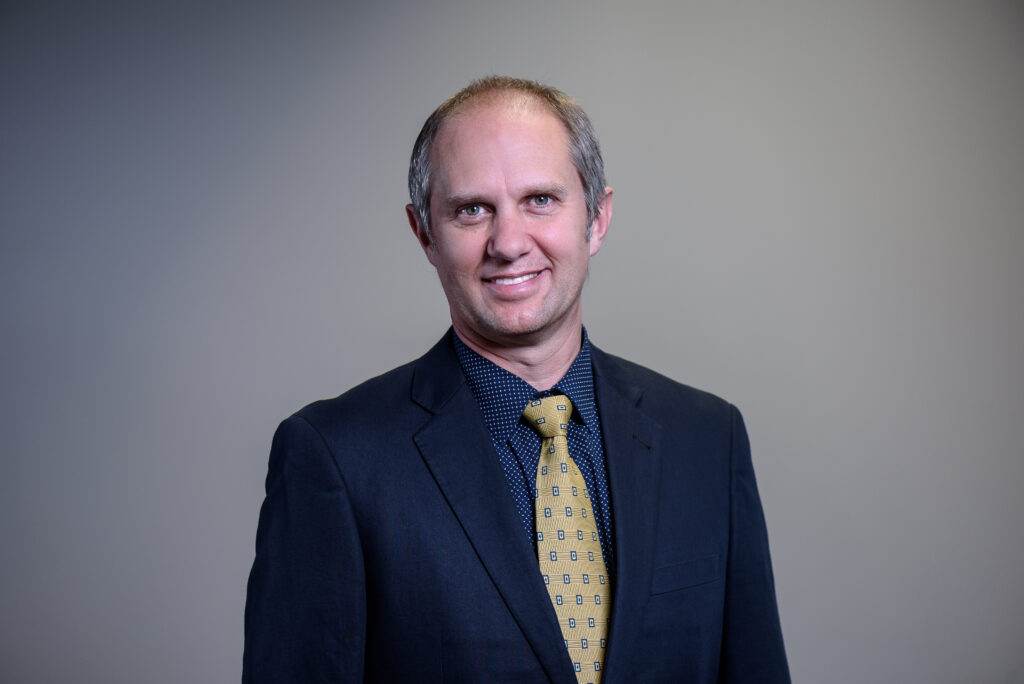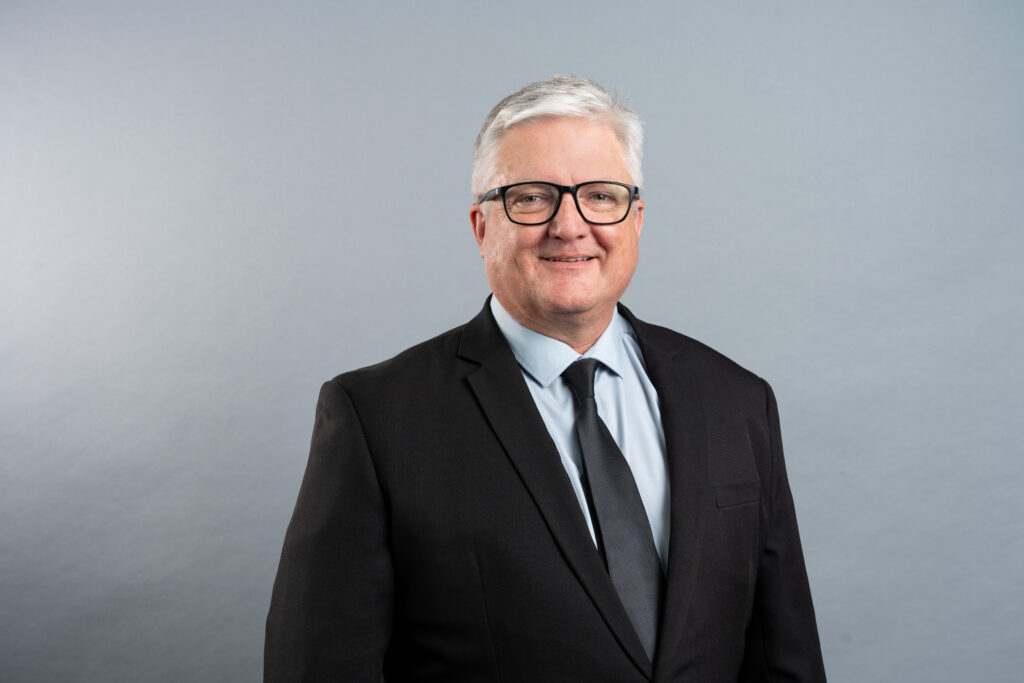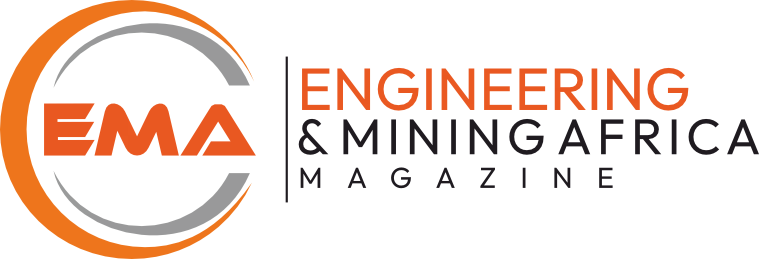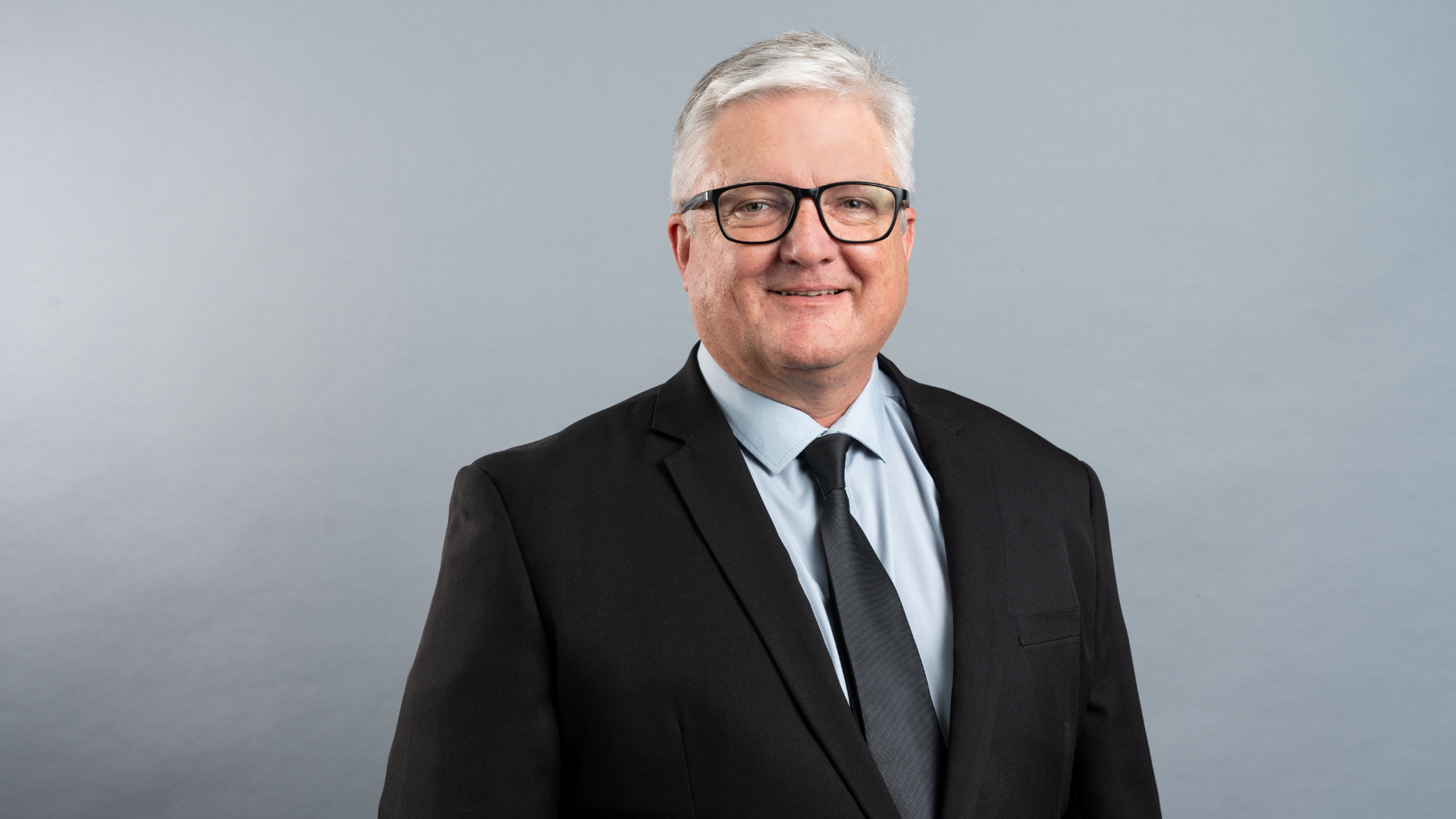Since announcing a partnership in 2022, leading consulting engineering and infrastructure advisory firm Zutari and AltX-listed 4Sight have refined their unique service offering by working on some of the largest and most complex mega projects in the Middle East, as well as major projects in South Africa.
“We offer a differentiated service not found in any typical consulting engineering practice. Bringing our two companies together really complements our capabilities. We can address aspects that others cannot. Obviously, when we started, we needed to understand each other. We knew what we wanted to do, and we have come a long way since then,” comments Martin Smith, Design Director, Expertise Leader, Zutari.
“Zutari brings parallel domain expertise to the table within the design and optimisation of the built environment. 4Sight is strong in technical systems and data analytics and pushes the envelope in terms of what we can do. All traditional services joining the two companies gives us that new ‘blue ocean’ approach, meaning we believe there’s no other company in the world that can actually provide such a partnership as a viable business model,” comments Jeandré Du Randt, BE Innovation Lead, 4Sight.
“Our philosophy at is that you can have the best technology in the world, but if you do not have the expertise, you cannot implement it. We have proven that with our specialist engineers and technical people in the mining environment. We do not have that in the built environment. Zutari puts us in a position where we can really differentiate ourselves in this market sector,” highlights Rudi Dreyer, Chief Business Environment Officer, 4Sight.
The company brings to the technology table an enterprise data management layer that is sustainable, scalable and robust, affording clients the opportunity to upgrade their ICT as more cost-effective technology becomes available. “By applying that to the built environment, with Zutari’s domain expertise, we can go many steps further once we have created that single version of the truth and all its attendant data,” says Du Randt.
“Zutari has extensive experience in developing sustainability strategies. 4Sight closes the loop by providing the analytics that show the customer where they are precisely in terms of their sustainability strategy’s performance. This is where we introduce smart technology and take it to the next level, which is essentially a cognitive leap in applying AI to understand individual clients and their requirements and preferences,” explains Du Randt.
“Combine that with all the data over the entire building, city or asset, and we can make specific recommendations to a single project, while understanding the entire data landscape. This is groundbreaking, and we are collaborating with some of the best companies in the world on these mega projects. It is a positive demonstration that Zutari and 4Sight have truly created a ‘blue ocean’ value proposition,” says Du Randt.
The approach is applicable to both smart buildings, cities, and infrastructure, says Dominic Collett, Expertise Lead: Land Infrastructure Built Environment, Zutari. “Within the realm of land infrastructure, our focus extends beyond mere construction; it centres on enhancing traffic flow and mobility. Herein lies the significance of intelligent traffic management systems, shaping the future of transportation efficiency.
Collett emphasises the importance of the partnership engaging in globally renowned projects, akin to tackling ‘Rolls Royce’ projects. “These endeavours epitomise technological advancement and innovative implementation. He underscores that participating in such ventures is essential for elevating how technology is implemented in the African context. Without involvement in these international initiatives, the drive to adopt and adapt such technology locally would be compromised.”
Partnerships such as that between Zutari and 4sight play a vital role in transport systems, facilitating the modelling of people’s movements to enhance efficiency and connectivity. As Collett highlights, without such collaboration, leveraging technology to address challenges becomes significantly constrained.
“We may be targeting some of the most iconic projects around the world, which from a technology point of view are going to be more advanced, but that does not mean there is no local application. Locally, there are many clients not necessarily designing new infrastructure but wanting to optimise existing assets,” says Smith. Therefore, the partnership focuses not only on design and implementation but the overall lifecycle of assets.
Developing a digital strategy for physical assets ticks all the boxes for improving sustainability performance, asset lifecycle and introducing automation. “We start upfront with advisory and strategy development before embarking on detailed designs. Whether new or optimising existing infrastructure, we consider different approaches during the initial planning stage, so clients are assured of having optimal solutions and complementing technology to maximise output,” says Smith.
“The heart of all of this is how we manage data and how can we use data to deliver the best service to the customer and make visible to the customer what’s happening right now, so they understand how everything fits together,” says Du Randt. “We then progress from real-time insights to actual full site implementation in terms of what will happen in the future and what we need to do now to make sure the future is what we want it to be. That is the real key to enable our combined strategy.”
Zutari’s relationship with 4Sight is successful because both are technology-independent and ensure that the technology they use is fit-for-purpose. Unlike many software applications developed for a specific purpose, and then expanded to try and incorporate everything, binding the client to a specific product, both believe that every product must be best-in-class or already used by the client to allow for seamless merging.
“Hence, we are technology independent, and the solution must be capable of swopping out technologies when needed,” says Smith. Du Randt concurs: “It is critical not to lock the client into a single ecosystem because that affects future adaptability and changes in technology. Then the client owns their data, but the advantage for us is we also have access to that data for real-time performance monitoring and improvement.”
“We need to assist new clients to maximise their return on investment. They might start the journey to Net Zero by selecting the correct software applications to manage their systems and business processes. Here we can advise on what should be best for them, but if they standardise on a particular technology, we must be able to accommodate that in support of their overall strategy,” says Dreyer.
Dreyer highlights the criticality of investing in the creation of solutions tailored to the specific needs of the markets they are intended for. “It is crucial to recognise that the demands of Tier 1, Tier 2, and Tier 3 markets vary greatly.” The three tiers are defined as follows:
- Tier 1 Market: Consists mainly of large enterprises. These are typically multinational corporations or large-scale businesses that have a significant impact on the global economy.
- Tier 2 Market: Comprises medium corporates. These companies have a substantial presence, often at a national level, but are not as large or influential as those in the Tier 1 market.
- Tier 3 Market: Includes small and medium companies that may operate at a local or regional level. While smaller in size, they are a vital part of the economy.
4Sight, a company with a proven track record of successful proprietary IP products across all three tiers, possesses a deep understanding of these nuances. “Our expertise positions us uniquely to assist with the development of new offerings. This insight is a testament to the importance of market-specific solutions and the role of experienced players like 4Sight in shaping the future of the industry,” says Dreyer.
“Zutari and 4Sight support a true technology-independent strategy from sensors to control systems, applications and infrastructure. We then supplement it with a data methodology that allows us to obtain data from every application across that landscape and swap out those applications when the client has the resources or when more cost-effective applications become available,” concludes Dreyer.
